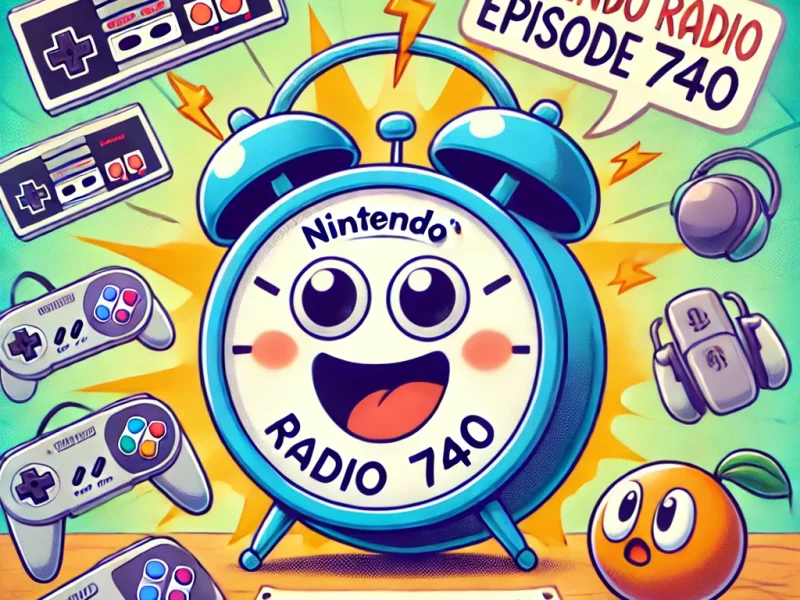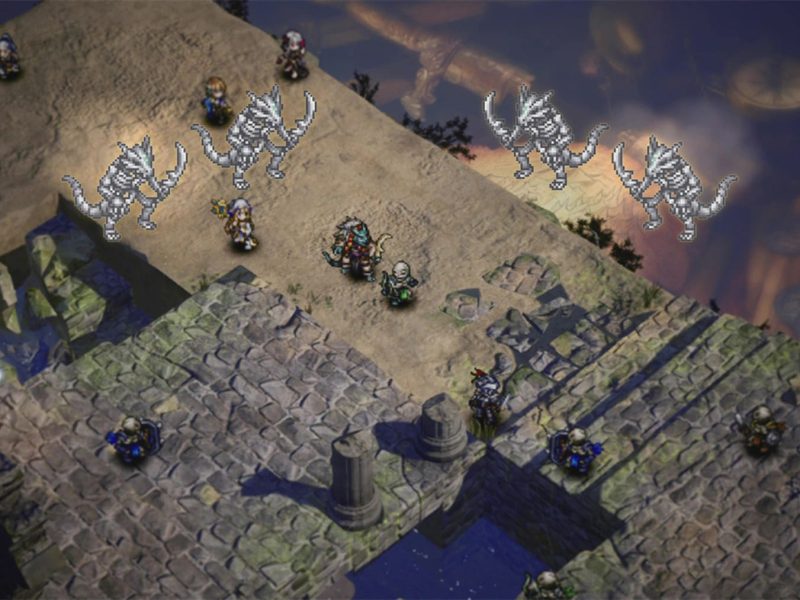The more things stay the same, the more they change.
Trine 5 is a difficult game to review since very little has changed since Trine 4. In truth, if you’ve already played a Trine game then I really don’t know what I could possibly tell you about one that you don’t already know. Obviously the story is brand new and the skill trees for each character have some new (though not very groundbreaking) abilities, but if you put both Trine 5 and Trine 4 next to each other, you’d be hard pressed to even tell which is which.
For those of you who are new to Trine, it’s a 2.5D platformer where you control three characters with their own unique skillsets. Amadeus the Wizard can use magic to levitate obstacles and conjure boxes, Pontius the Knight can reflect projectiles with his shield and throw his weight around, and Zoya the Thief can fire arrows and cover distances with a grappling hook. The majority of the game is spent solving puzzles that require you to swap between each character and use their abilities in tandem to clear challenges and overcome obstacles.
The game can be played in co-op with each player controlling a different character, but since I didn’t have anyone willing to play with me, I was only able to play in single-player. I imagine most of the fun of Trine comes from playing it with friends as you goof around throwing ideas at the wall until something sticks, but playing alone was not nearly exciting. Puzzles alternate between being so simple that taking the time to actually execute the solution ends up feeling tedious and being so obtuse that they feel like you’re brute forcing your way through them.
Puzzles in Trine are designed to not have a single distinct solution. On the surface this may sound like a good thing, but the downside is that puzzles cannot be built in a way that they facilitate the player understanding their solution. For one particular puzzle I resorted to looking up a walkthrough online that showed off a solution that required too precise timing for me to successfully pull it off. After many failed attempts I found another walkthrough with a different solution that was substantially simpler. In this case, Trine’s lack of specific puzzle solutions made it more difficult for me to succeed; the best puzzles will be carefully constructed around the solution so that the player will eventually stop trying a solution that clearly isn’t working, but Trine didn’t give me the opportunity to realize that. The solution I was failing over and over again did work—I had seen it in the YouTube playthrough—but the technical execution was too difficult for me to implement the solution that I already knew was the answer. Why would I give up and try to find a different solution when I believed I had found the correct one?
This is to say nothing of the poor combat that is all too frequent in the game. This is nothing new; Trine 4 was also filled with tedious, repetitive combat encounters that interrupted the pace of the game. The three characters’ skillsets simply aren’t built to make fights interesting, even with upgrades on the skill trees giving them more opportunities to do damage. Amadeus’ magic is simply too sluggish and cumbersome to deal consistent damage, and Zoya’s arrows never match Pontius’ strength. The most efficient way to approach every fight in the game is to spam Pontius’ basic sword attacks, and since a new fight starts every couple of minutes they get repetitive very quickly. Given how poorly the cast’s abilities fit into combat, I’m not certain what the point of having combat is at all.
That’s where I have to address the elephant in the room: my glowing review of Trine 4 where I gave the game a score of 8.5/10, praising its puzzle design in particular. This strange hypocrisy will undoubtedly stand out to anyone surprised to see my hot take on a beloved franchise; how can I feel so much more negatively towards Trine 5 while also claiming that it is more or less the same exact game? This is a question that I have to admit I do not know the answer to. I have been trying to reconcile that difference the entire time I’ve been playing Trine 5, and I have simply failed to understand it. I even tried replaying Trine 4 in my quest for answers, and all that did was reinforce just how similar these two games are. If everything between the two games is the same, the only conclusion I can come to is that I’m the one who has changed. It has been nearly half a decade since I first played Trine 4; long enough for a teenager to start and finish high school. The games I’ve played since then—as well as the person I’ve become in the roughly 1/8th of my life that has passed—have changed my perspective enough that Trine simply does not work for me anymore.
Trine 5 is more of the same, though based on how the series’ fans have received it so well perhaps that’s not necessarily a bad thing. It stands to reason that if you liked the previous Trine games, you’ll still like this one, and that probably goes double if you’ve got three friends to play with. Unfortunately I don’t have three friends to play with, and I can’t deny the dull and frustrating experience I had with it. Between poor puzzle design and combat that doesn’t seem to belong in the game, there was simply nothing in Trine 5 that didn’t feel like a waste of time.


